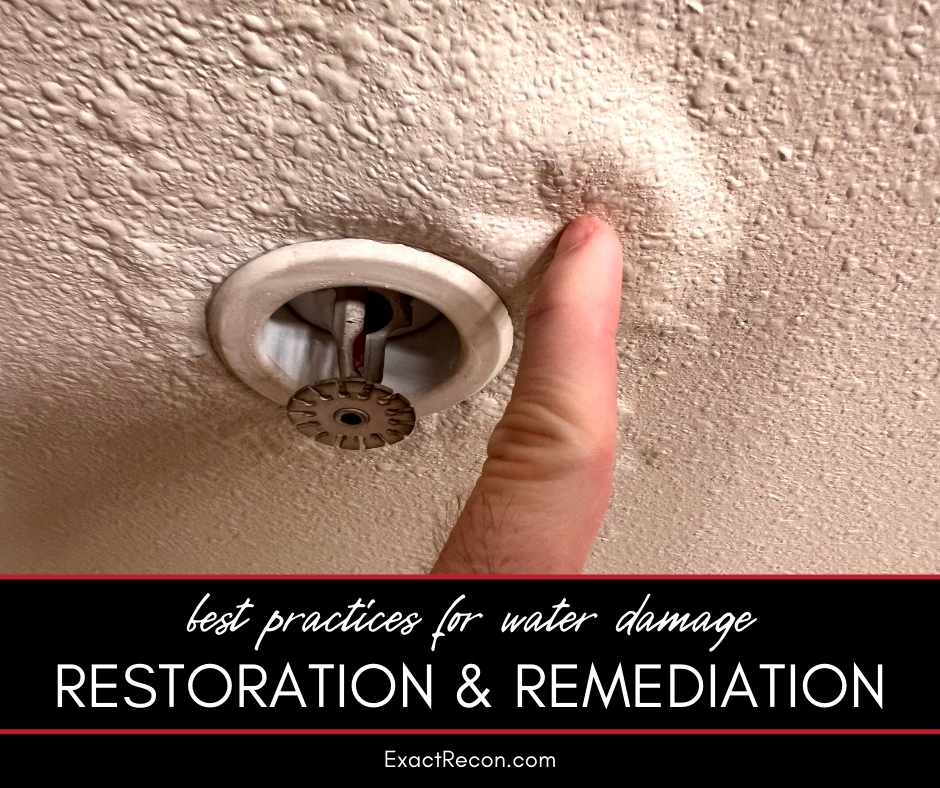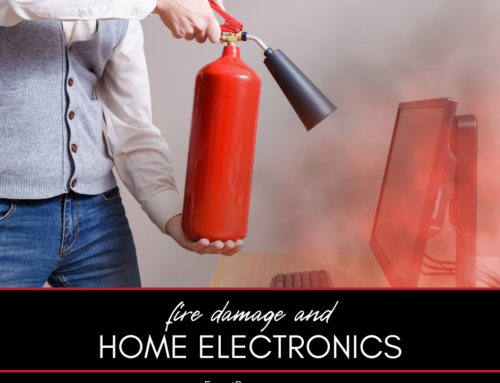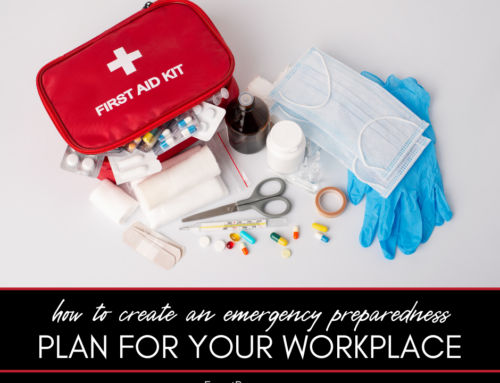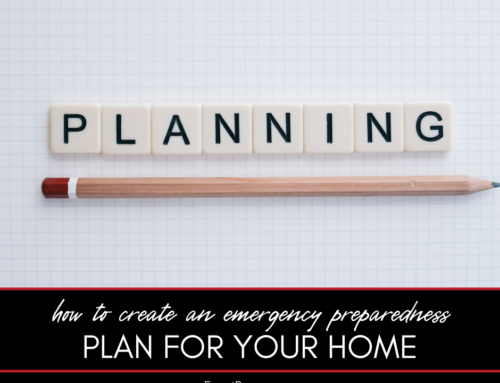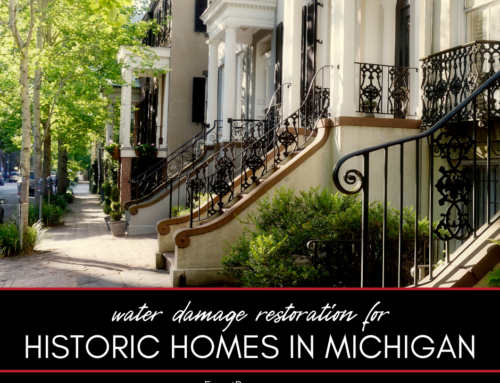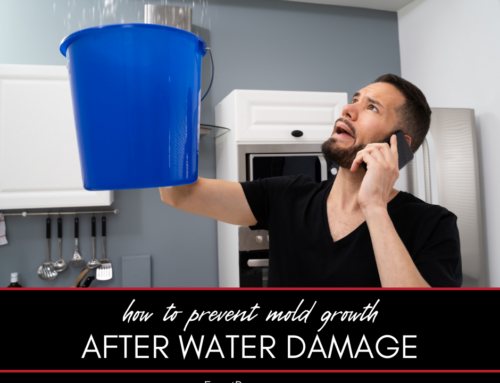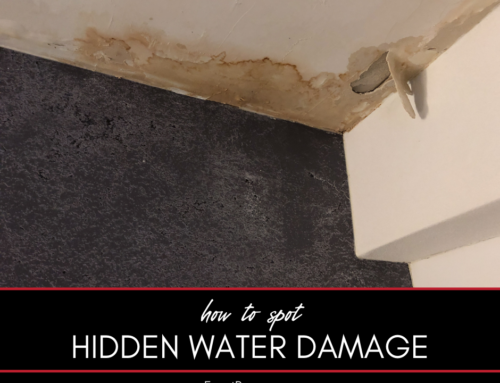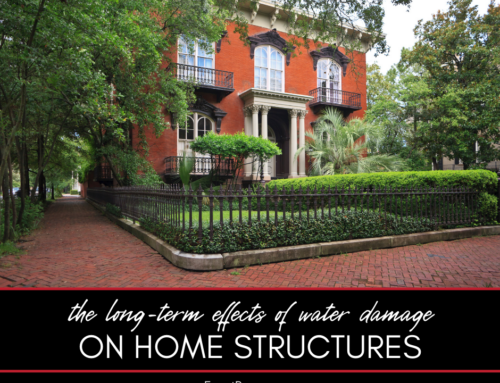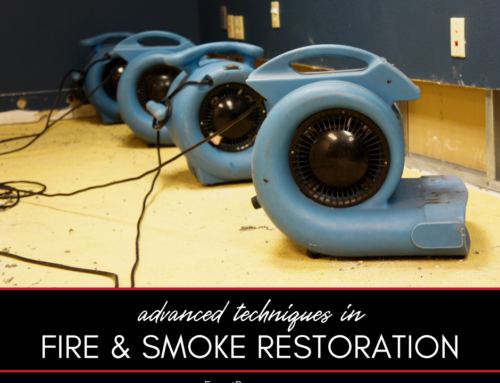In the face of water damage—whether it’s due to a broken pipe, an overflowing bathtub, or a severe storm—quick and appropriate action is critical. Understanding the best practices for water damage restoration and remediation can help in minimizing damage and starting the recovery process effectively.
Best Practices for Water Damage Restoration and Remediation: A Comprehensive Guide
This guide explores the best practices that professionals follow in water damage restoration and remediation. We’ll delve into how these practices contribute to the successful recovery of your home after water damage.
Here are the practices we’ll discuss:
- Swift Action
- Accurate Assessment
- Water Removal and Drying
- Cleaning and Sanitizing
- Restoration and Repair
Here’s a closer look at each.
Swift Action
Time is of the essence after water damage. The quicker the response, the better the chances of minimizing damage and preventing mold growth and secondary water damage.
Accurate Assessment
A thorough assessment of the damage is critical. Professionals use advanced tools like moisture meters and thermal imaging cameras to identify the extent and type of water damage.
Related: The benefits of working with a local restoration company
Water Removal and Drying
Professionals use industrial-grade equipment like submersible pumps and wet vacuums to extract standing water. After water extraction, dehumidifiers and air movers are used to dry out the affected areas thoroughly.
Cleaning and Sanitizing
Cleaning and sanitizing the affected areas prevent the spread of contaminants and eliminate unpleasant odors. Depending on the situation, professionals may use antimicrobial treatments, air scrubbers, and fogging equipment.
Related: Why DIY mold remediation can do more harm than good
Restoration and Repair
This final step involves restoring your home back to its pre-damage condition. This could include minor repairs like installing new carpet and replacing drywall or major tasks like reconstructing entire rooms.
FAQ About Best Practices for Water Damage Restoration and Remediation
Here are some frequently asked questions about the best practices for water damage restoration and remediation. If you don’t see the answers you’re looking for here, please call our office. We’re here to help.
How fast should I respond to water damage?
The quicker, the better. Prompt action can help prevent further damage and potential mold growth.
What tools are used in assessing water damage?
Professionals use tools like moisture meters, thermal imaging cameras, and leak detectors to assess water damage.
How does professional drying differ from air drying?
Professional drying uses industrial-grade air movers and dehumidifiers to expedite the drying process and prevent secondary water damage and mold growth.
Related: How to identify and prevent mold growth in your home
Why is cleaning and sanitizing necessary after water damage?
Cleaning and sanitizing prevent the spread of contaminants, eliminate odors, and ensure the affected area is safe for habitation.
What does the restoration process entail?
Restoration may involve minor repairs, like replacing carpets and drywall, or major work, like reconstructing entire rooms, depending on the extent of the damage.
Related: Rebuilding your Michigan home after storm damage
Understanding these best practices can give you a clearer picture of what to expect during water damage restoration and remediation. Rest assured that a professional team adheres to these practices to deliver the best possible outcome for your home.
Do You Need a Disaster Remediation Expert in Washtenaw County or Jackson County?
If your home has already been damaged, we can help. Check out our services and call Exact Recon for your free disaster remediation quote today. We offer:


